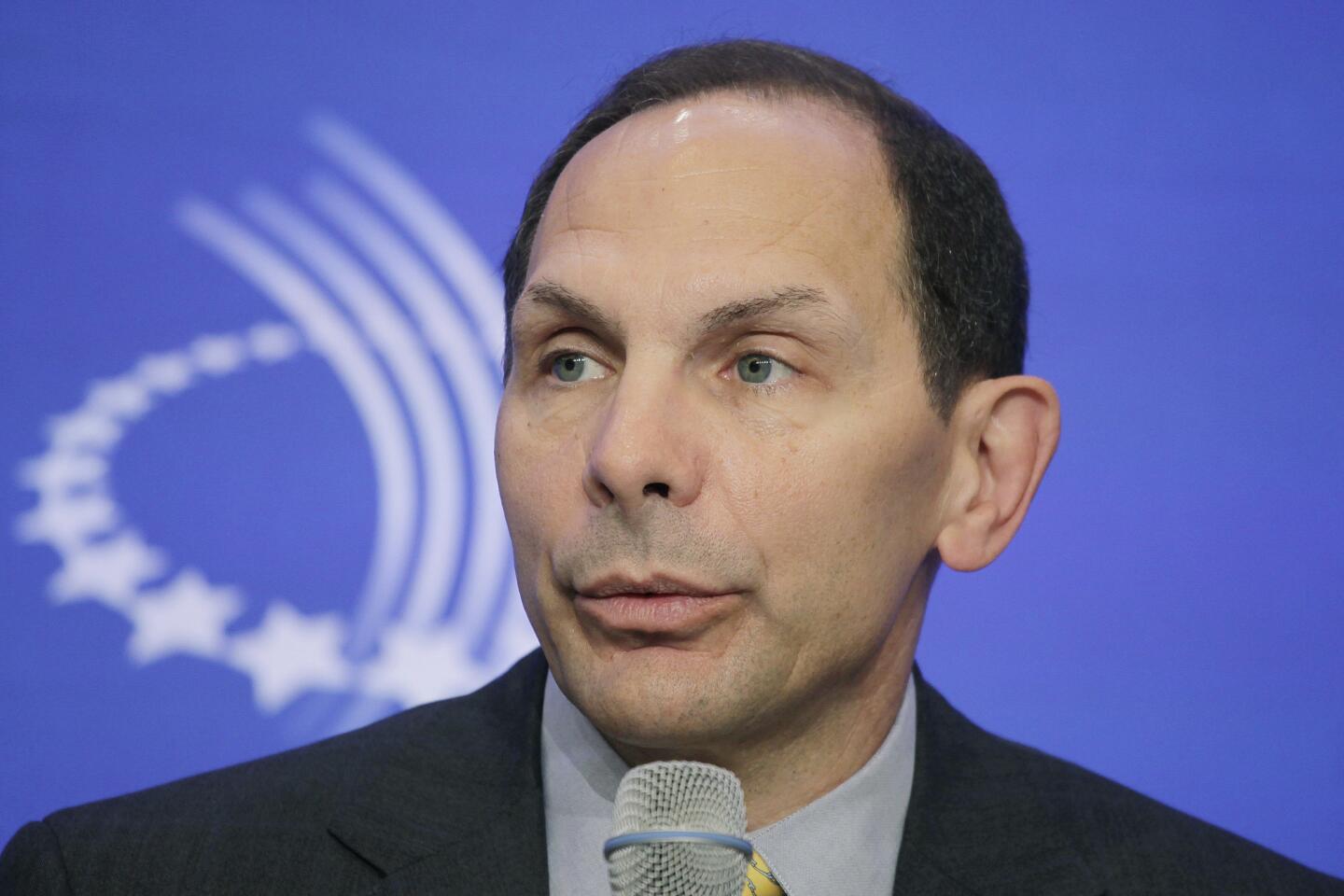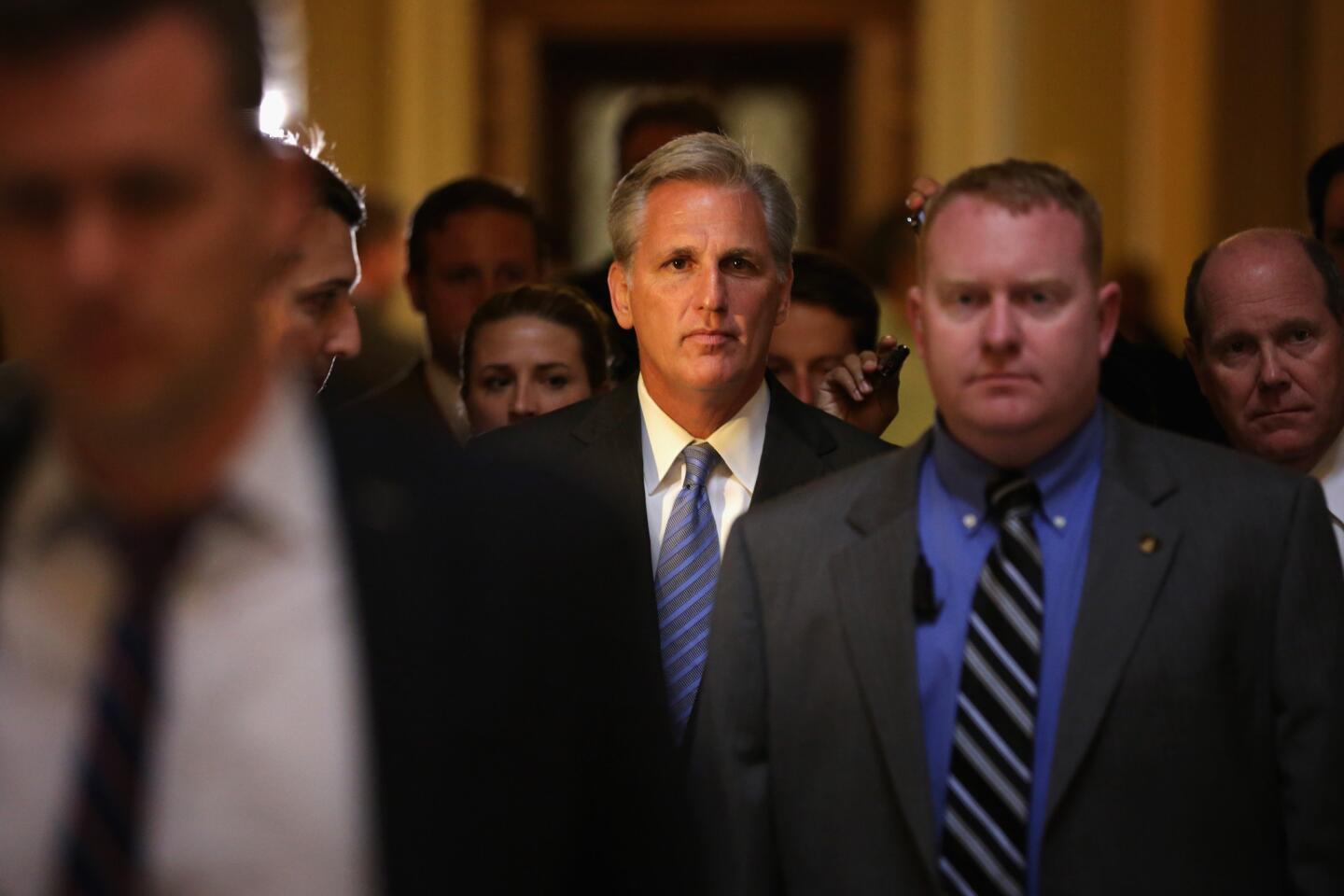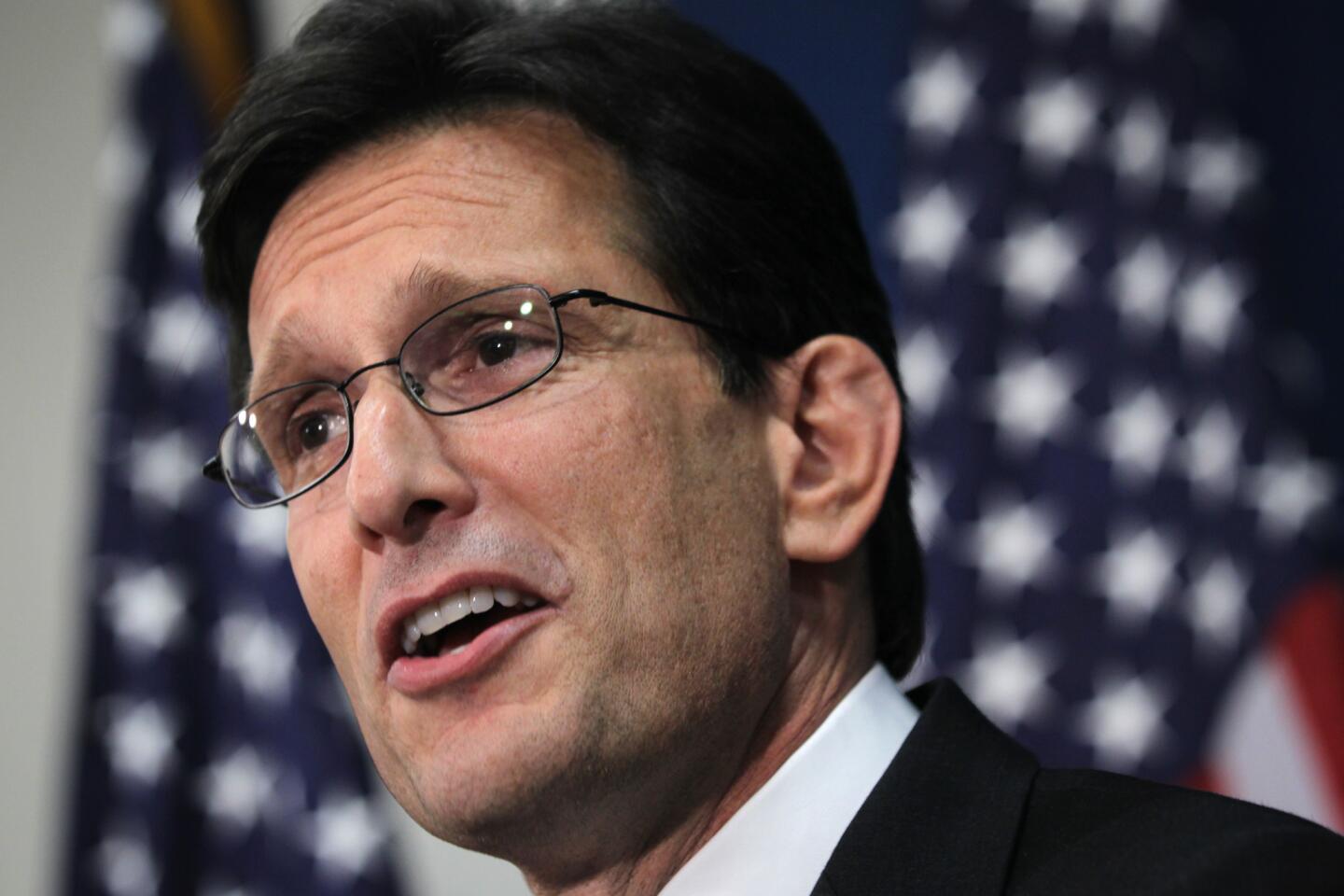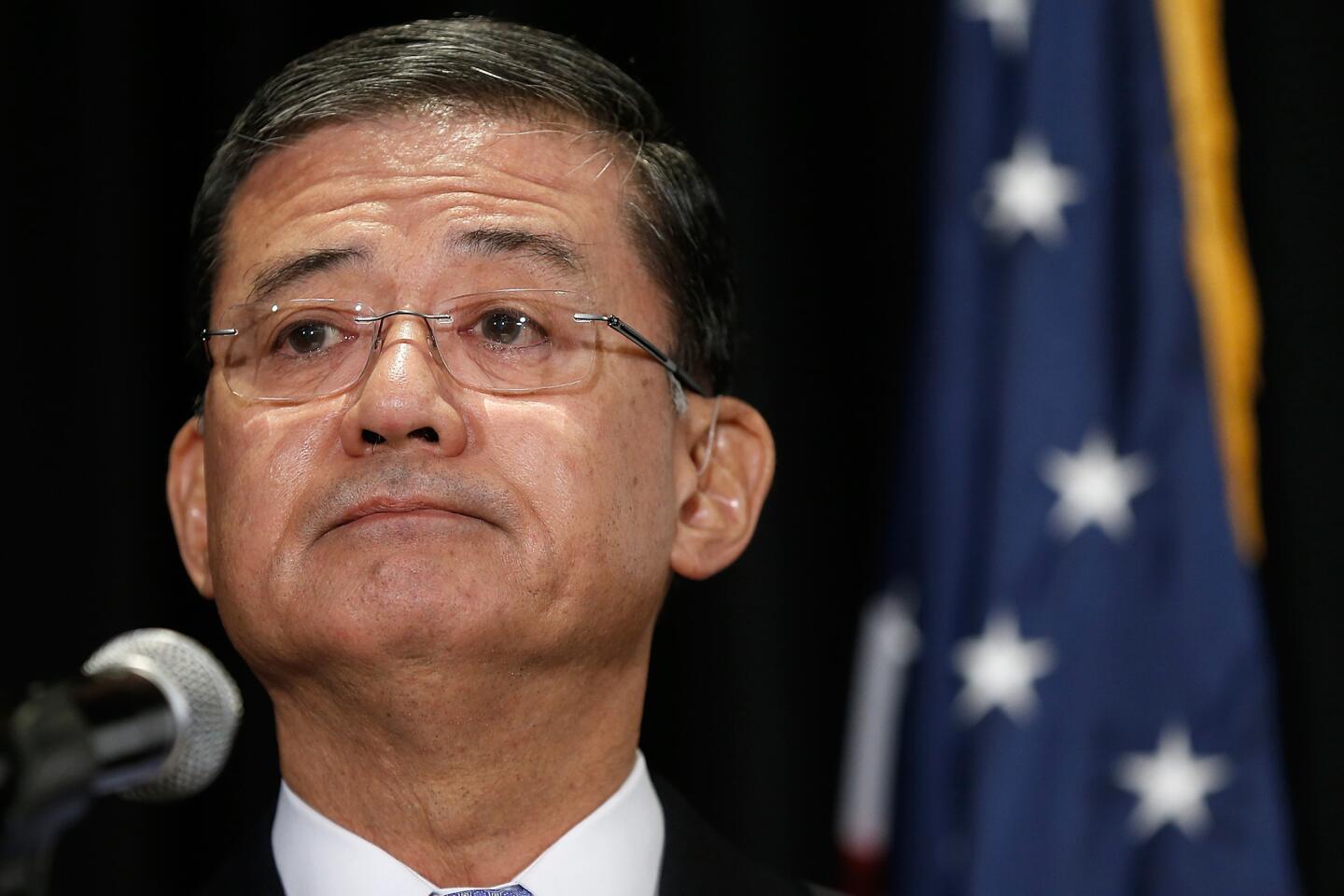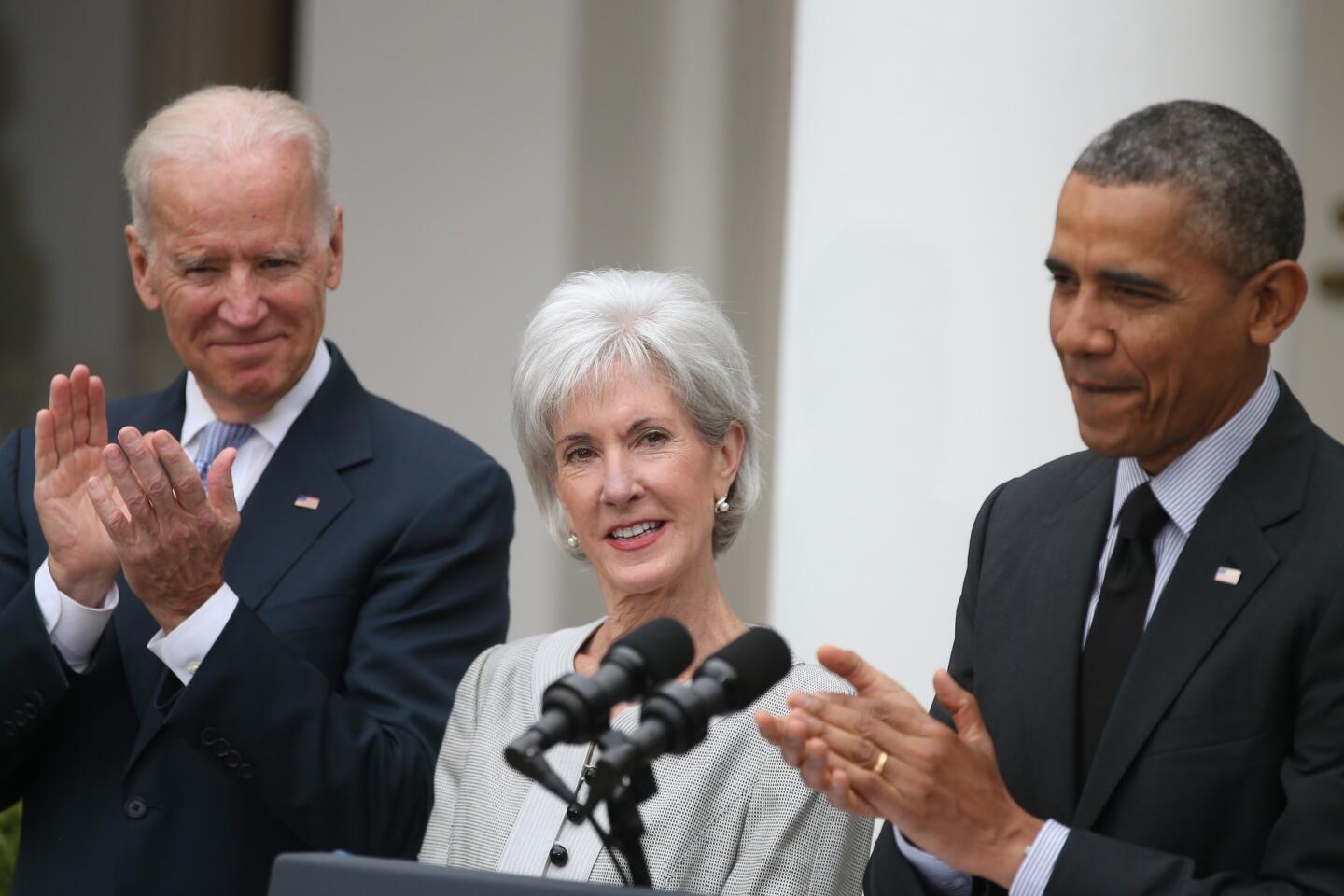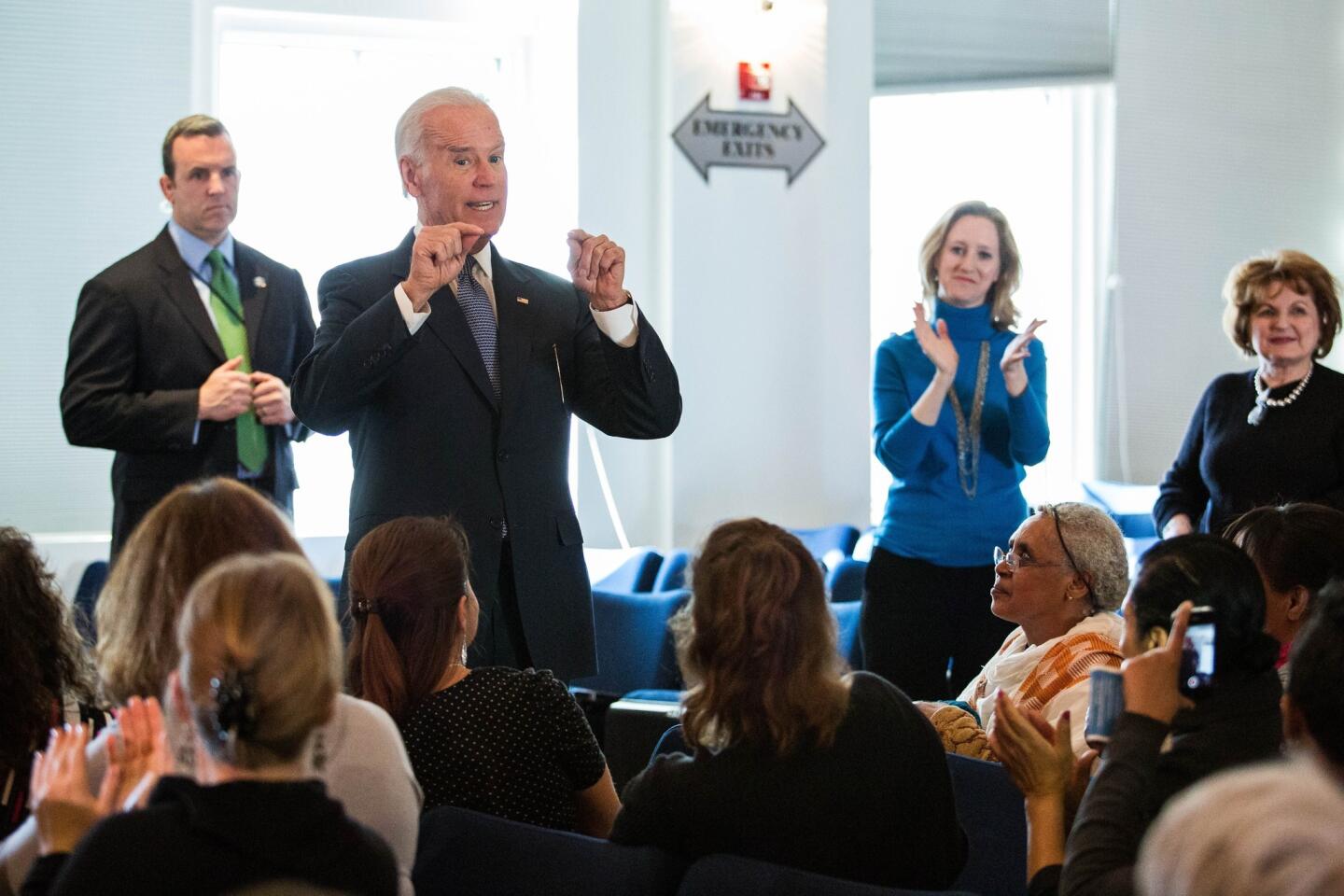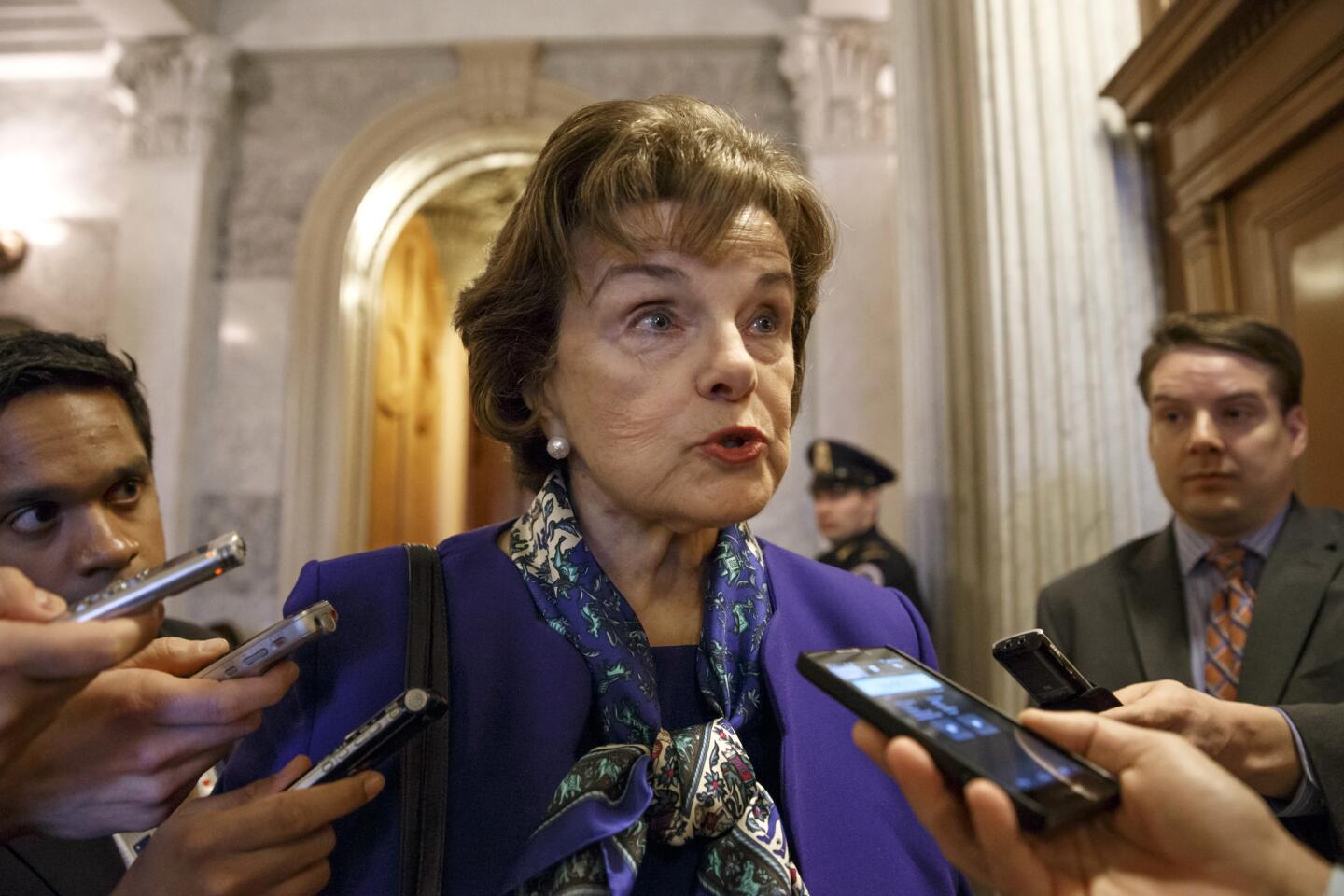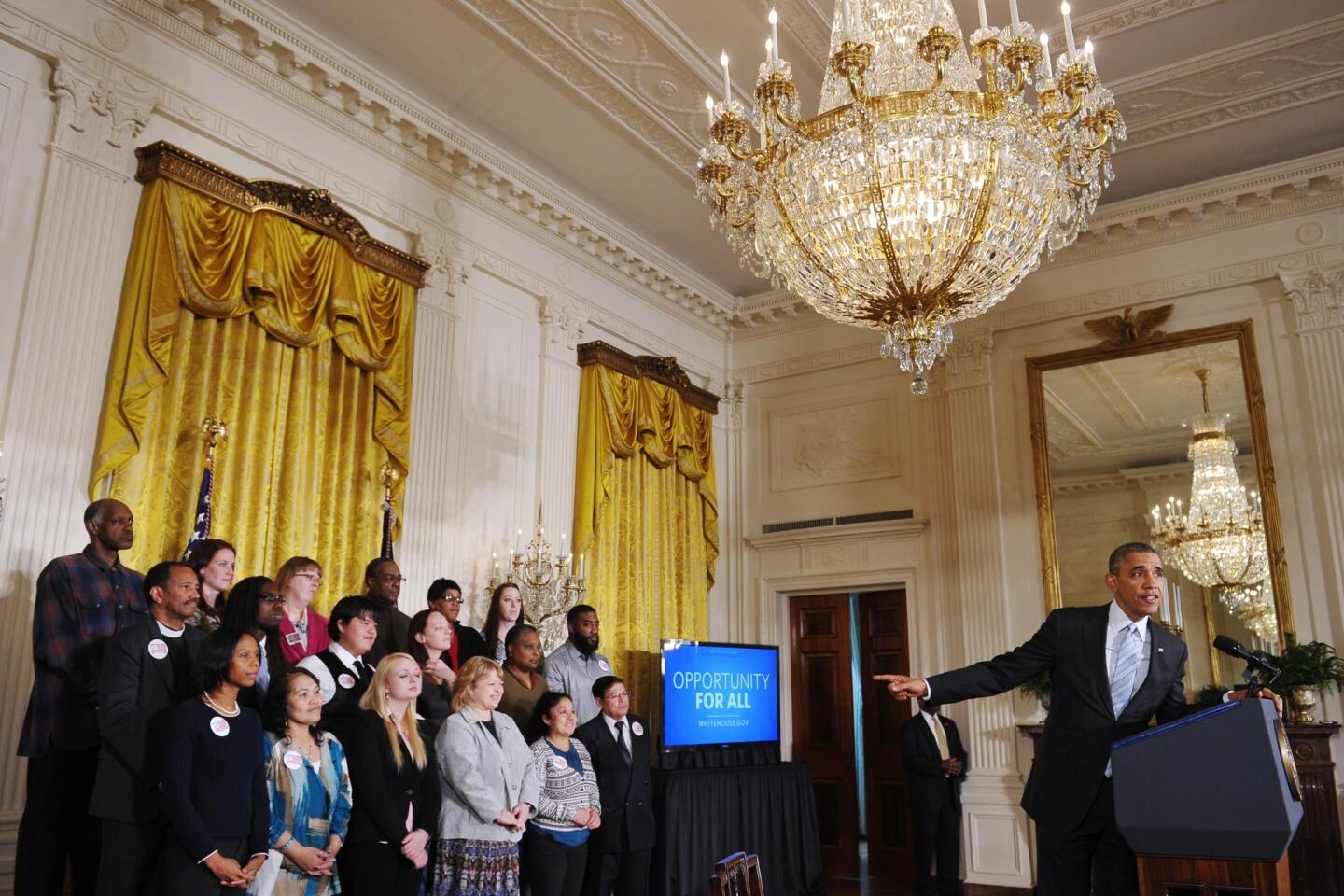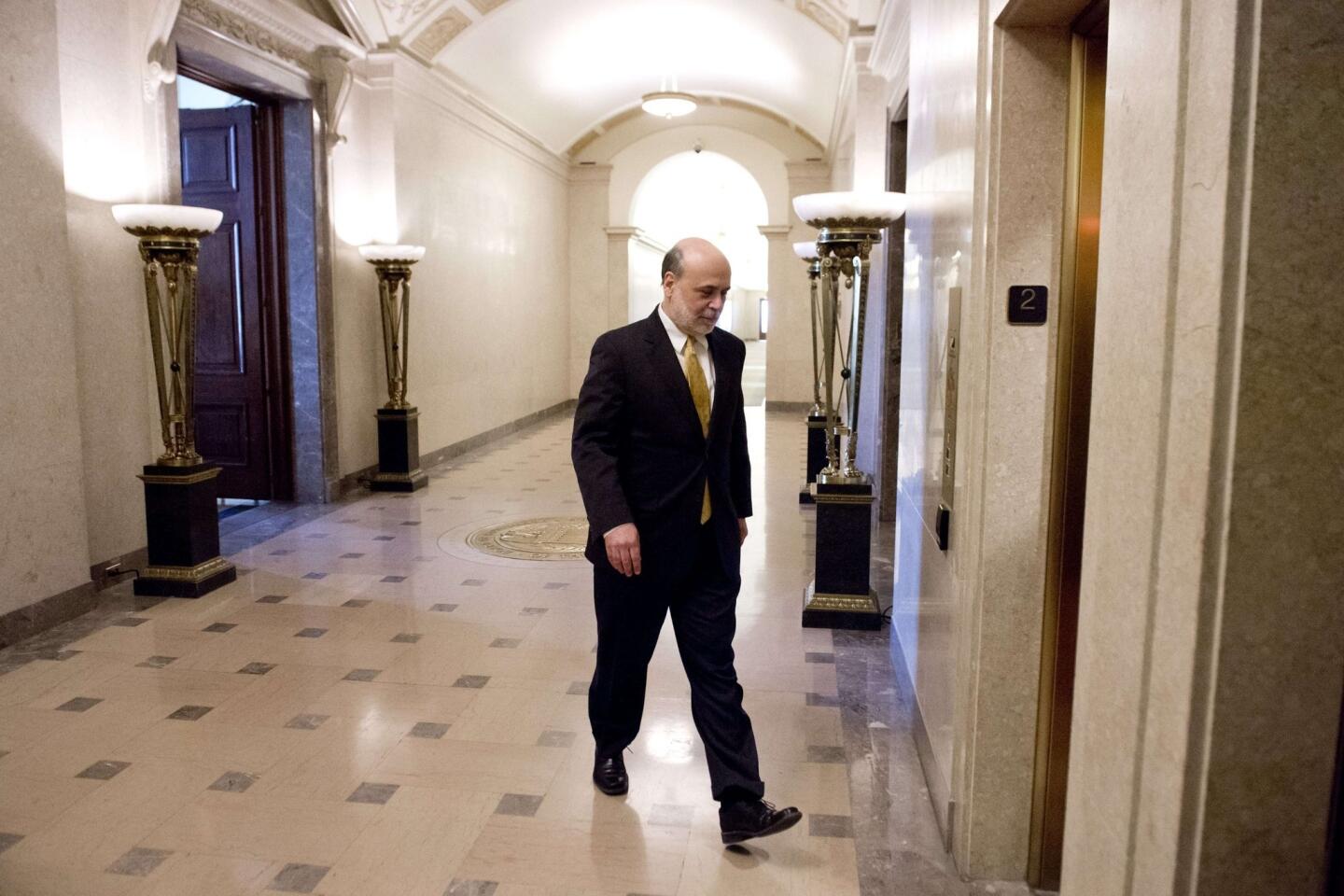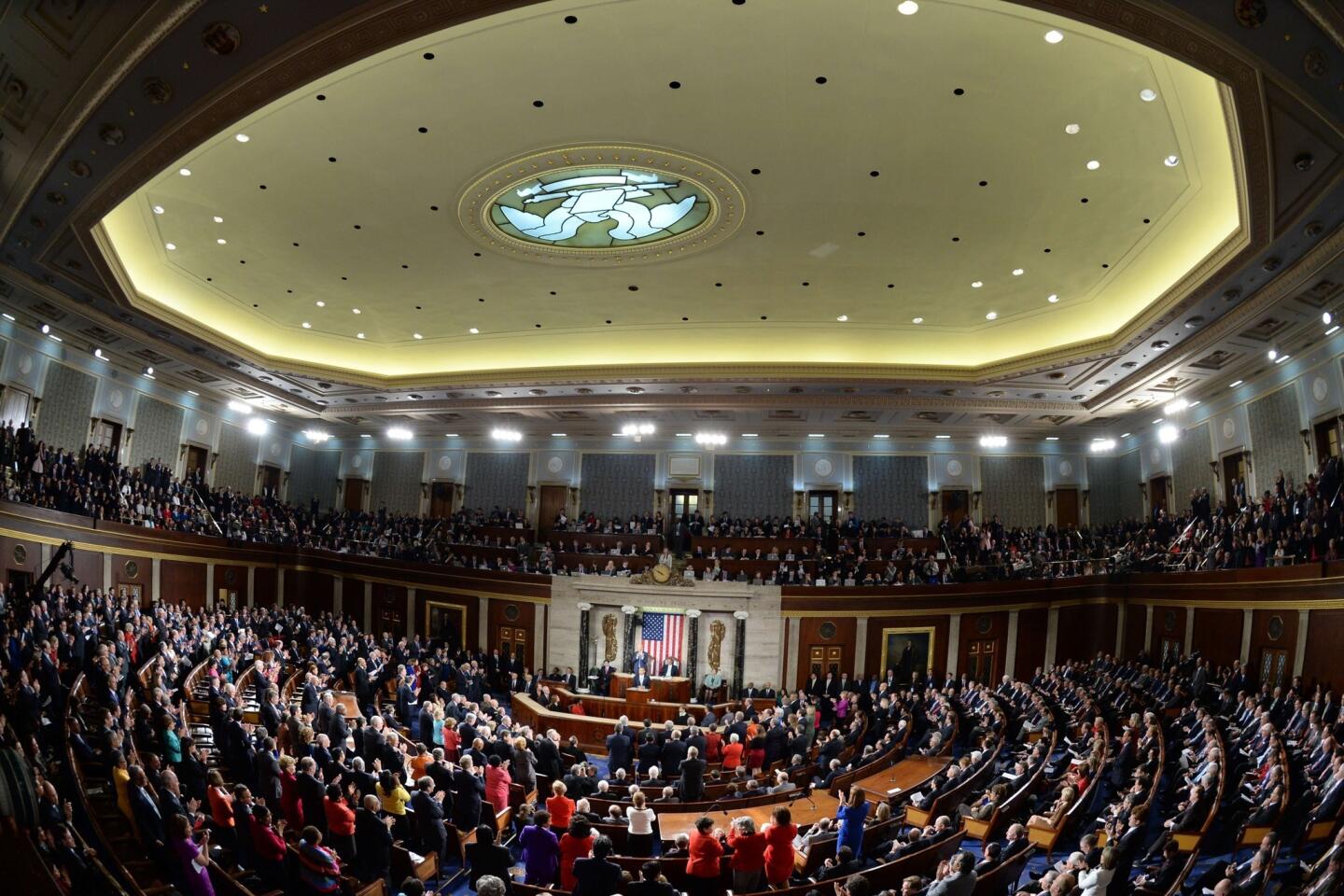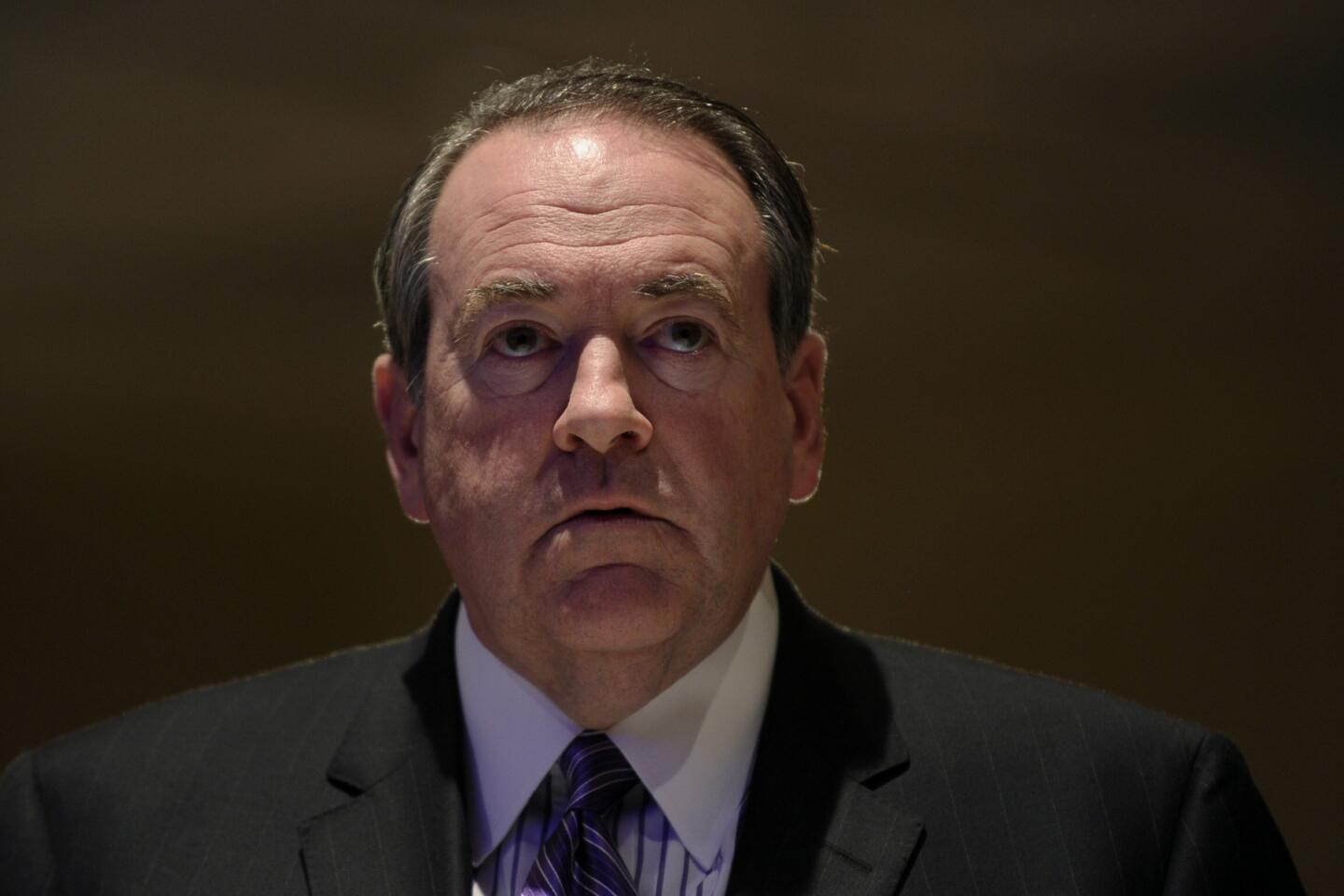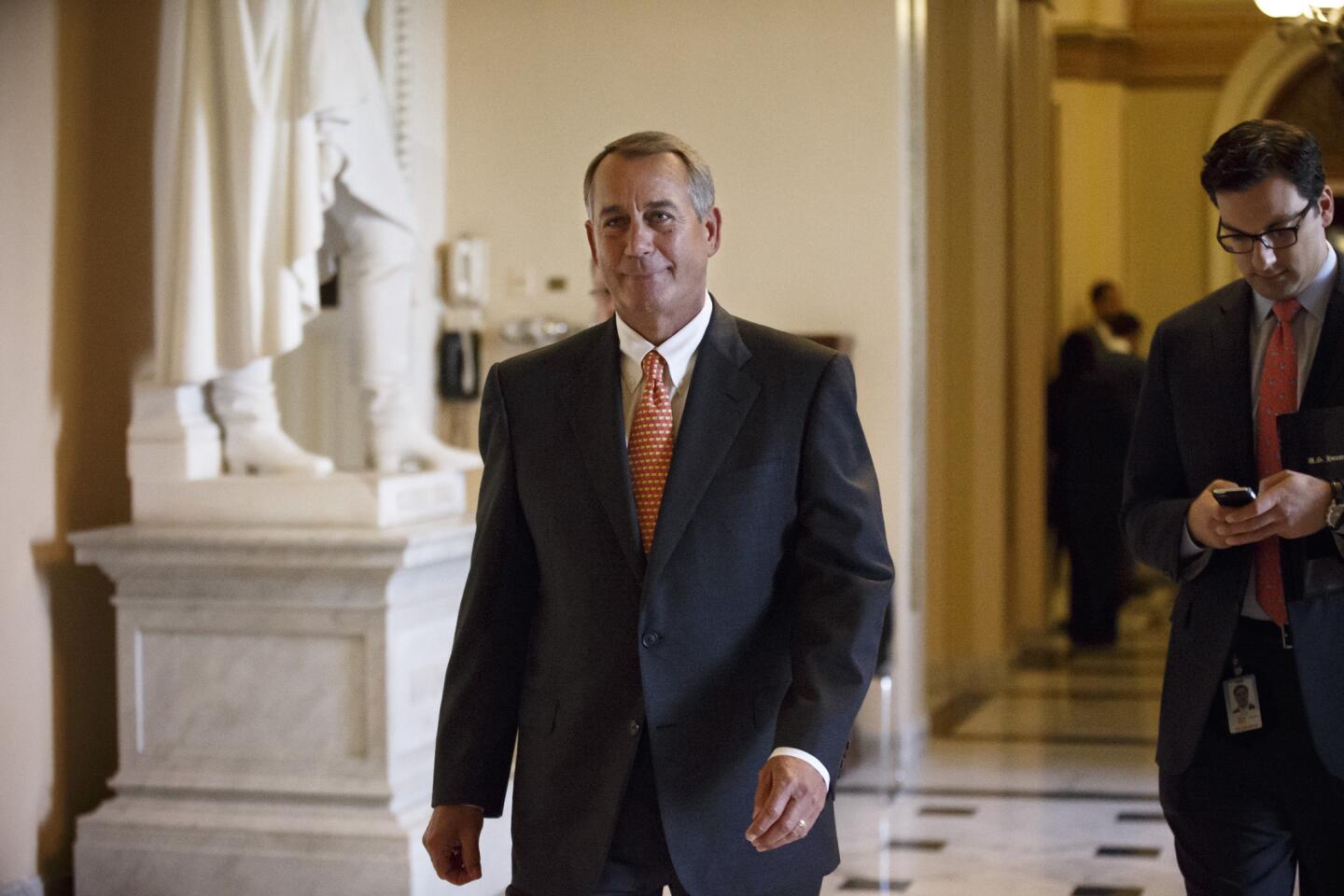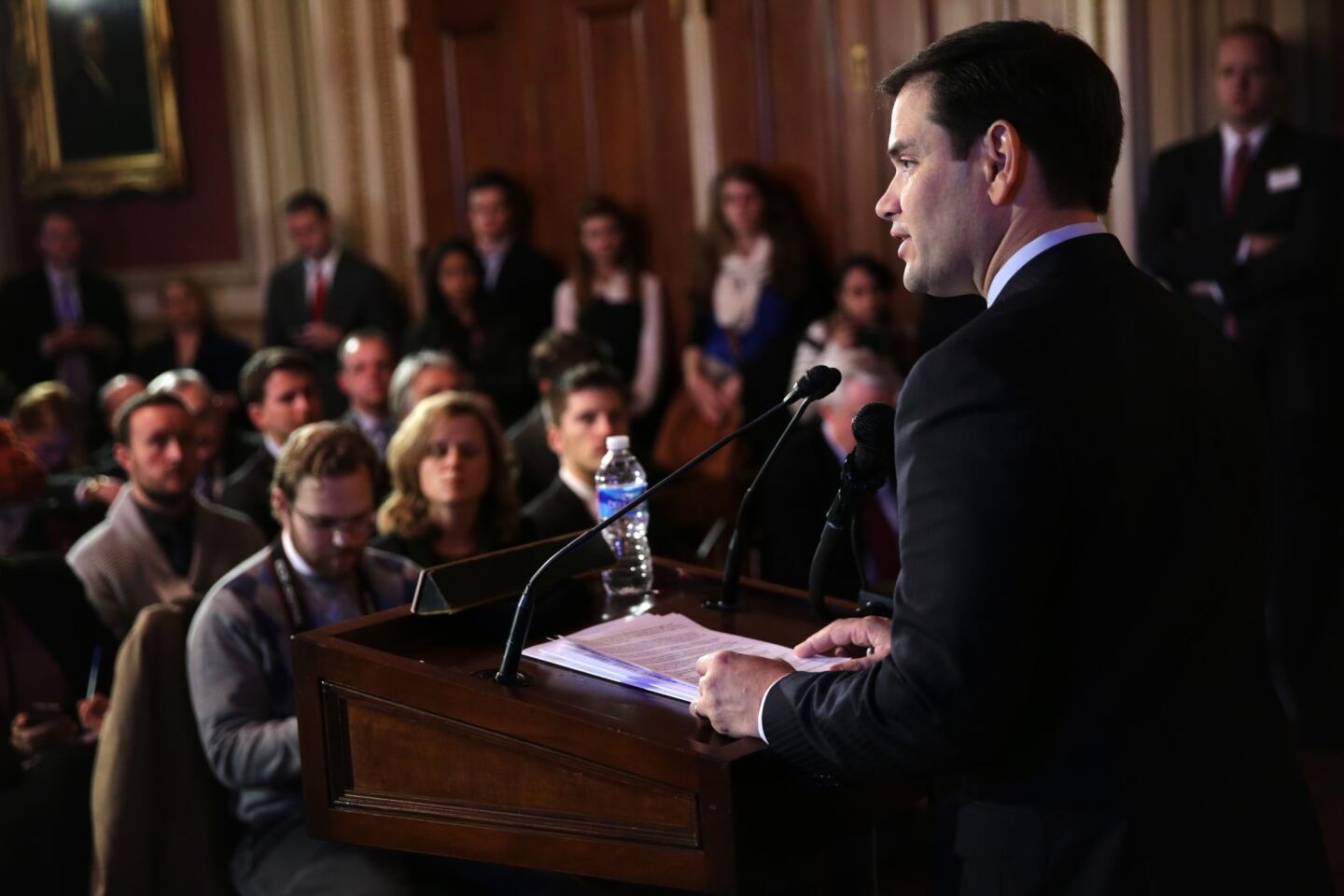Obamacare enrollees hit snags at doctor’s offices
After overcoming website glitches and long waits to get Obamacare, some patients are now running into frustrating new roadblocks at the doctor’s office.
A month into the most sweeping changes to healthcare in half a century, people are having trouble finding doctors at all, getting faulty information on which ones are covered and receiving little help from insurers swamped by new business.
Experts have warned for months that the logjam was inevitable. But the extent of the problems is taking by surprise many patients — and even doctors — as frustrations mount.
Aliso Viejo resident Danielle Nelson said Anthem Blue Cross promised half a dozen times that her oncologists would be covered under her new policy. She was diagnosed last year with non-Hodgkin’s lymphoma and discovered a suspicious lump near her jaw in early January.
But when she went to her oncologist’s office, she promptly encountered a bright orange sign saying that Covered California plans are not accepted.
PHOTOS: The battle over Obamacare
“I’m a complete fan of the Affordable Care Act, but now I can’t sleep at night,” Nelson said. “I can’t imagine this is how President Obama wanted it to happen.”
To hold down premiums under the healthcare law, major insurers have sharply cut the number of doctors and hospitals available to patients in the state’s new health insurance market.
Now those limited options are becoming clearer, and California officials say they are receiving more consumer complaints about access to medical providers. State lawmakers are also moving swiftly to ease some of the problems that have arisen.
“It’s a little early for anyone to know how widespread and deep this problem is,” said California Insurance Commissioner Dave Jones. “There are a lot of economic incentives for health insurers to narrow their networks, but if they go too far, people won’t have access to care. Network adequacy will be a big issue in 2014.”
The latest travails come at a crucial time during the rollout of Obama’s signature law. Government exchanges and other supporters of the healthcare law are trying to boost enrollment, particularly among young and healthy people, ahead of a March 31 deadline.
Of course, complaints about outdated provider lists and delays in getting a doctor’s appointment were common long before the healthcare law was enacted. But some experts worry the influx of newly insured patients and the cost-cutting strategies of health plans may further strain the system.
Maria Berumen, a tax preparer in Downey, was uninsured for years because of preexisting conditions. The 53-year-old was thrilled to find coverage for herself and her husband for $148 a month after qualifying for a big government subsidy.
She jumped at the chance in early January to visit a primary-care doctor for long-running numbness in her arm and shoulder as a result of bone spurs on her spine. The doctor referred her to a specialist, and problems ensued. At least four doctors wouldn’t accept her health plan — even though the state exchange website and her insurer, Health Net Inc., list them as part of her HMO network.
“It’s a phantom network,” Berumen said.
It was no surprise to her family doctor, Ragaa Iskarous. She has run into this problem repeatedly with other patients in the last month, the doctor said. “This is really driving us crazy.”
Berumen said she was seen by a neurosurgeon Thursday — after state regulators intervened on her behalf.
Insurers say they are working hard to resolve customers’ problems as they arise, and they continue to add physicians to augment certain geographic areas and medical specialties.
“Any huge implementation like this comes with a lot of moving parts,” said Health Net spokesman Brad Kieffer. “There is a learning curve for everyone, and we expect as time goes on these issues should dissipate.”
Looking to head off potential problems, government regulators and patient advocates are pushing for tougher rules to ensure health plans provide timely access to care.
Last week, the California Assembly approved legislation enabling people who lost coverage because of the overhaul to keep seeing their doctors if they’re pregnant or undergoing treatment for cancer or other conditions.
Nelson, the cancer patient in Orange County, and her family lost their previous coverage when Aetna stopped selling individual policies in the state last year. After numerous complaints to her new insurer, Anthem, and to public officials, the company said it would cover visits to her current oncologist through March 31.
Nelson said such a temporary extension doesn’t solve the problem, and as a result, she’s rushing to check out other policies for herself before open enrollment closes in March.
A spokesman for Anthem said the company “continually works to update its provider directories to ensure accuracy” and helps customers with these issues on a case-by-case basis.
Nationwide, about 70% of new insurance plans under the healthcare law feature relatively narrow hospital networks compared with many existing plans, according to consulting firm McKinsey & Co.
“It’s pretty clear insurers responded to greater competition by trying to hold down costs through narrower networks,” said Larry Levitt, senior vice president at the nonprofit Kaiser Family Foundation. “Insurers have made the judgment that people prefer lower premiums to broader networks.”
Health policy experts and some consumer advocates say the trade-offs may pay off. Despite some consumer complaints, the exclusion of some higher-priced hospitals such as Cedars-Sinai Medical Center from nearly all exchange plans is a positive sign, they say.
“The Affordable Care Act often gets accused of not doing enough to control costs,” said Ian Hill, senior fellow at the Urban Institute, a Washington think tank. “Excluding some of the most expensive hospitals and providers who don’t demonstrate high-quality outcomes is one ripple effect that may help.”
The Covered California exchange began enrollment in October without the provider directory it had promised. Delays and glitches ensued for weeks, frustrating many consumers who complained that it was impossible to compare health plans without details on what hospitals and doctors were included. In November, the exchange updated its directory.
The exchange said its 11 health plans offer more than 58,000 physicians to choose from, representing 80% to 90% of practicing physicians in the state.
The California Medical Assn. credits the exchange for fixing many of the initial problems but maintains that the state’s data are still flawed, often because of incorrect information from health plans. Insurers blame doctor’s offices for frequently giving wrong information.
Scott Marshutz of Dana Point said he picked a Blue Shield PPO plan in the exchange so he and his wife would have greater choice of doctors.
But when he booked an appointment recently with his orthopedic surgeon, the doctor’s office said it wasn’t taking Covered California plans.
“I’m wondering how many other people have experienced this,” he said, “and if it will backfire on the whole system.”
Twitter: @chadterhune
More to Read
Inside the business of entertainment
The Wide Shot brings you news, analysis and insights on everything from streaming wars to production — and what it all means for the future.
You may occasionally receive promotional content from the Los Angeles Times.


